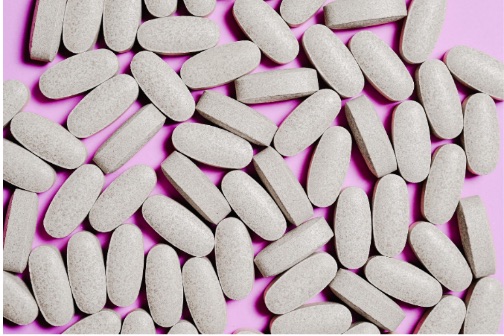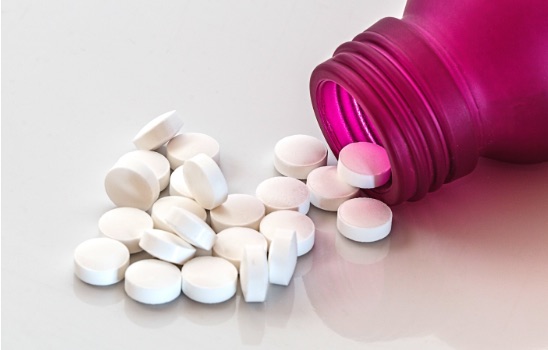In the last blog, Research: Innovation Paves the Way for Growth, we looked at how basic research and applied research allow for the development of new concepts, products, and processes. Here at Coupi, we have been researching ways to help with a new pharmaceutical production method, continuous manufacturing. This new method comes after decades of using a process known as batch manufacturing.
The Old Method – Batch Manufacturing
Batch manufacturing uses a step by step process where all the materials in each step must be fully processed before the next batch can start. There can be as many as seven different steps along this process and each one requires a different set of equipment.
Sometimes, between these steps, the materials have to be shipped to different locations in order to get to the equipment needed, costing extra time and money for the manufacturers. More time spent in-between steps increases the risk of contamination or human error, since they may need to be transported somewhere before they can be processed in the next step. Both contamination and errors could lead to having to start the batch from scratch, costing valuable time and money. This method also can’t adjust as quickly when demand for a drug increases since it could require larger equipment, which would require more space as well as time and money.
It is this need to reduce the time, money, and potential for error that spurred some companies to begin using the continuous manufacturing method.
The New Method – Continuous Manufacturing
Continuous manufacturing is able to reduce those problems by having the entire process take place in a single facility without hold times. For example, a drug that could take a month to make using the batch method could take as little as a day with continuous manufacturing.
The equipment for this method is fully integrated with one another so that it can flow through the entire process without having to be transported to different machinery by manual means. The new machinery is also able to have automated quality control built in to help reduce errors. The machinery can also have automated monitoring technologies built in to help ensure that everything is running smoothly and provide alerts when parts need maintenance. This monitoring can catch issues with production earlier than in batch manufacturing, allowing for quicker and cheaper recovery.
Another added benefit of continuous manufacturing is that it can respond more quickly when demand for a certain drug rises, which is especially relevant now with the effects of the COVID-19 pandemic. It can do this by simply running the entire process for a longer amount of time to create more batches, rather than having each batch be limited by the size of the equipment being used and the required wait times between steps. Even before the pandemic started, pharmaceutical companies have been working towards finding ways to maximize their production and the push for this has only gotten stronger.

Coupi’s DEM Software
One of the best ways to maximize efficiency is through direct compression technology. It provides the shortest and simplest way to make tablets. The manufacturer can simply mix the ingredients in a blender and then immediately process and compress it into tablets. While it does require a more specially formulated mixture, it doesn’t require the use of moisture or heat. This makes it one of the most cost-effective ways to manufacture tablets and is part of the reason why Coupi has been working to simulate this process using our DEM software. Direct compression is not perfect, but by simulating this process, we are able to help companies increase their efficiency by helping to reduce issues such as punch sticking. By helping companies streamline this process, we are able to help save time and money, while helping them to produce the products we need.
If you or your company are interested in learning more about Coupi’s work, we offer free consultations and you can contact us here.
Stay tuned for the next blog in this series where we take a deeper look at how exactly Coupi’s Polyphysica DEM software simulates this issue and helps suggest reformulation strategies to reduce punch sticking risk.

